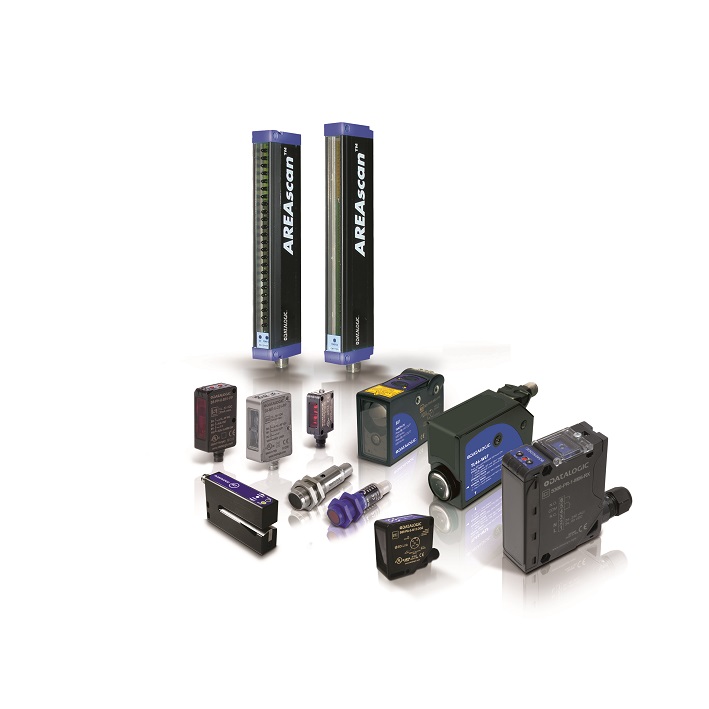
We provide a variety of sensing equipment for various environments and industries.
Contact UsTemperature controllers
Temperature controllers receive sensor signals and control heaters or other devices to maintain a preset temperature. They can also be used for humidity, pressure, and flow rate control.
General purpose Controllers meet a wide range of applications needs for food processing machines, packaging machines, extruders, semiconductor production equipment, and many other areas with high speed, high performance, easy settings, and easy-to-read displays.
Pressure sensors
A pressure sensor is a device equipped with a pressure-sensitive element that measures the pressure of a gas or a liquid against a diaphragm made of stainless steel, silicon, etc., and converts the measured value into an electrical signal as an output.
With Pressure Sensors, changes in pressure can be measured to confirm suction, verify mounting, manage source pressures, and test for leaking.
- Pressure status can be checked at a glance from the digital display and bar display.
- Measurement pressure prevents incorrect outputs due to momentary pressure changes.
- Perform automatic teaching simply by teaching pressure values for good and bad products.
- Industry’s smallest models at just 28 × 28 × 29 mm.
Photoelectric sensors
We provide a wide range of photoelectric sensors for universal and applications specific purposes, such as color, contrast and luminescence sensors, fork sensors for label detection, as well as devices for dimensional and distance measurement.
We offer a complete line of type 2 and type 4 safety light curtains for machine safeguarding and access control in dangerous areas, with basic and advanced functions, such as integrated muting, override, blanking, cascadable, configurable models.
Proximity sensors
“Proximity Sensor” includes all sensors that perform non-contact detection in comparison to sensors, such as limit switches, that detect objects by physically contacting them. Proximity Sensors convert information on the movement or presence of an object into an electrical signal.
Inductive and capacitive proximity offers a reliable detection where photoelectric is not applicable. Inductive sensors are used for metal parts at close distance, whereas capacitive are suggested for any material inside opaque containers.